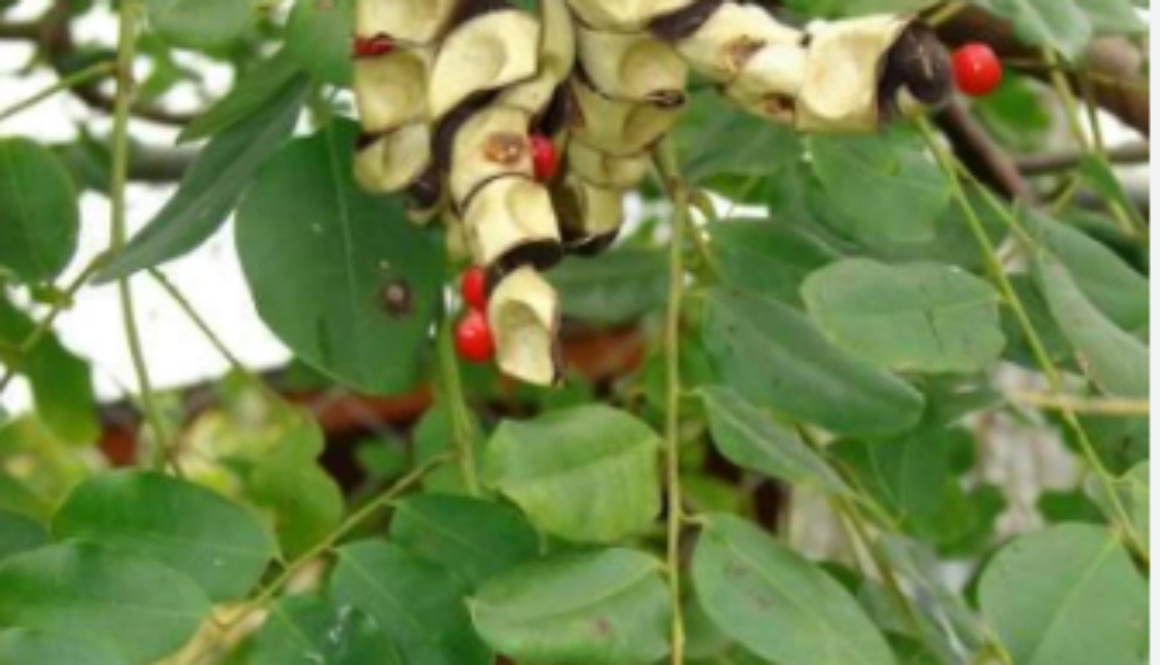Red sandalwood
Red Sandalwood, scientifically known as Pterocarpus santalinus, is a tropical hardwood tree native to southern India and Sri Lanka. Revered for its deep red heartwood and aromatic properties, red sandalwood holds cultural, religious, and medicinal significance in various traditions and practices.
Part Used:
The heartwood of the red sandalwood tree is the prized part used for its valuable timber and medicinal properties. Rich in aromatic oils and compounds like santalin and santarubin, the heartwood is known for its vibrant red color and distinct fragrance.
Usage:
Red Sandalwood is highly valued in woodworking for its beautiful color, fine grain, and natural luster. It is used to craft high-quality furniture, ornamental carvings, musical instruments, and religious artifacts. In traditional medicine, red sandalwood is used to treat various ailments such as skin disorders, inflammation, and digestive issues. It is often ground into a powder or infused into oils for topical application or internal consumption.
Agrotechniques:
Cultivating red sandalwood requires a warm, tropical climate with well-drained soil and ample sunlight. The trees thrive in regions with distinct wet and dry seasons, where they can reach heights of up to 30 meters. Red sandalwood trees can be propagated from seeds or stem cuttings, with planting typically done in nutrient-rich soil during the rainy season. Regular watering and fertilization are essential for optimal growth and development.

